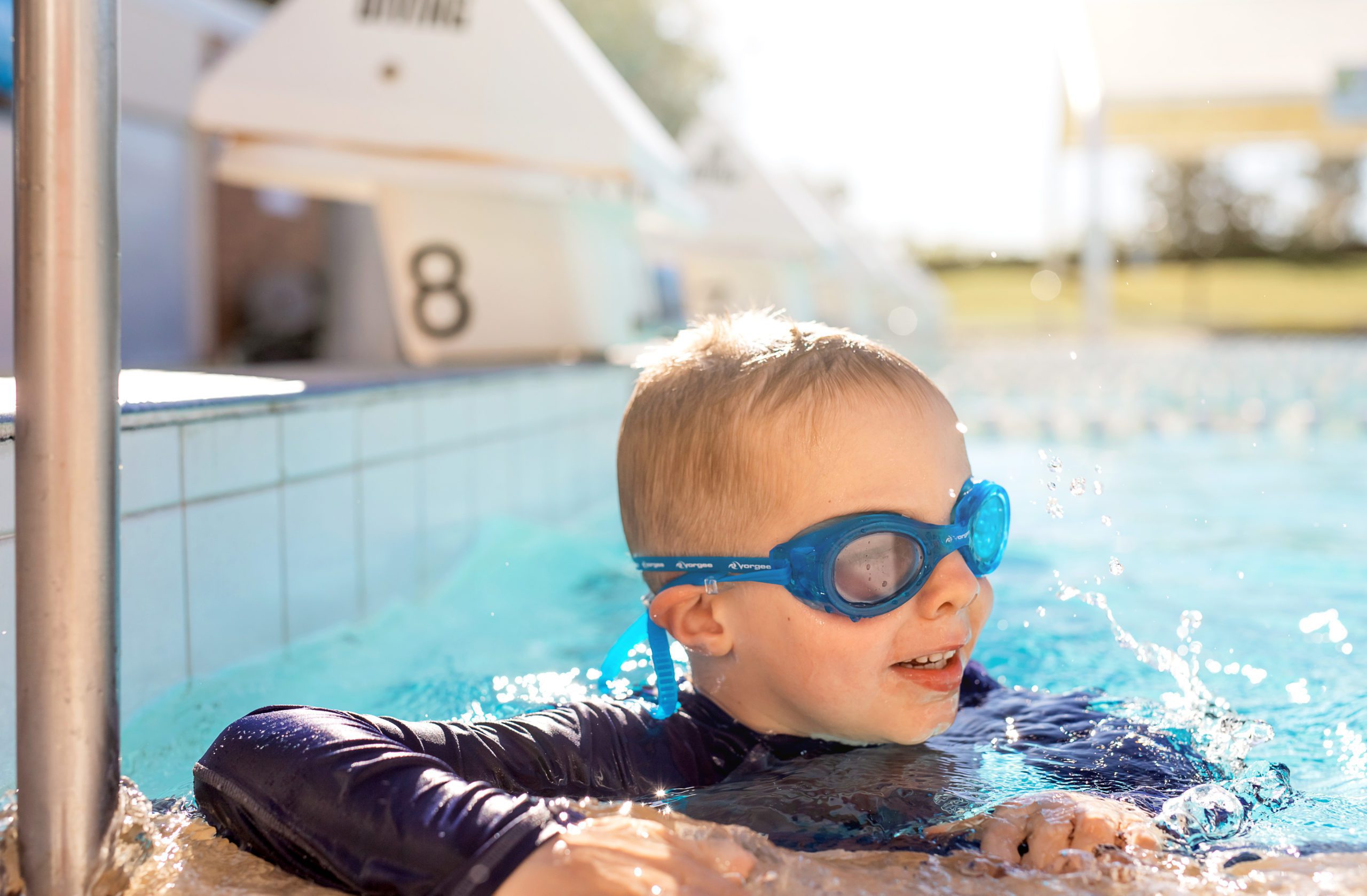Affecting the outer ear, swimmer’s ear (also called acute otitis externa) is a painful condition resulting from inflammation, irritation, or infection. These symptoms often occur after water gets trapped in your ear, with subsequent spread of bacteria or fungal organisms. Because this condition commonly affects swimmers, it is known as swimmer’s ear. Swimmer’s ear often affects children and teenagers but can also affect those with eczema (a condition that causes the skin to itch) or excess earwax. Your doctor will prescribe treatment to reduce your pain and treat the infection.

A common source is increased moisture trapped in the ear canal from baths, showers, swimming, or moist environments. When water is trapped in the ear canal, bacteria that normally inhabit the skin and ear canal multiply, causing infection of the ear canal. Swimmer’s ear needs to be treated to reduce pain and eliminate any effect it may have on your hearing, and prevent the spread of infection.
Other factors that may contribute to swimmer’s ear include:
The most common symptoms of swimmer’s ear are itching inside the ear and pain that gets worse when you tug on the auricle (outer ear). Other signs and symptoms may include any of the following:
Treatment for the early stages of swimmer’s ear includes careful cleaning of the ear canal and the use of eardrops that inhibit bacterial or fungal growth and reduce inflammation. Mildly acidic solutions containing boric or acetic acid are effective for early infections.
If you do not have a perforated eardrum (an eardrum with a hole in it) or a tympanostomy tube in your eardrum, you can make your own eardrops using rubbing alcohol or a mixture of half alcohol and half vinegar. These eardrops will evaporate excess water and keep your ears dry.
Before using any drops in the ear, it is important to ensure you do not have a perforated eardrum. Check with your otolaryngologist if you have ever had a perforated, punctured, or injured eardrum or if you have had ear surgery.
For more severe infections, your doctor may prescribe antibiotics to be applied directly to the ear. If the ear canal is swollen shut, a sponge or wick may be placed in the canal so the antibiotic drops will enter the swollen canal more effectively. Pain medication may also be prescribed. If you have tubes in your eardrum, a non-ototoxic (do not affect your hearing) topical treatment should be used. Topical antibiotics are effective for infection limited to the ear canal. Oral antibiotics may also be prescribed if the infection goes beyond the skin of the ear canal.
Follow-up appointments are critical to monitor improvement or worsening, to clean the ear again, and to replace the ear wick as needed. Your otolaryngologist has specialized equipment and expertise to clean the ear canal and treat swimmer’s ear effectively. With proper treatment, most infections should clear up in 7-10 days.
A dry ear is unlikely to become infected, so it is important to keep the ears free of moisture during swimming or bathing.
Use earplugs when swimming
Use a dry towel or hairdryer to dry your ears
Have your ears cleaned periodically by an otolaryngologist if you have itchy, flaky, or scaly ears or extensive earwax
Don’t use cotton swabs to remove ear wax. They may pack ear wax and dirt deeper into the ear canal, remove the layer of earwax that protects your ear, and irritate the thin skin of the ear canal. This creates an ideal environment for infection